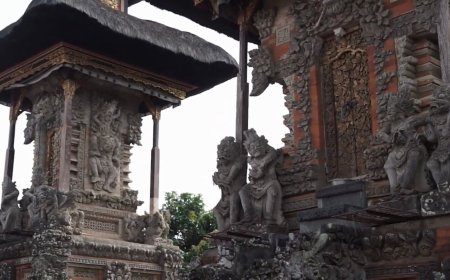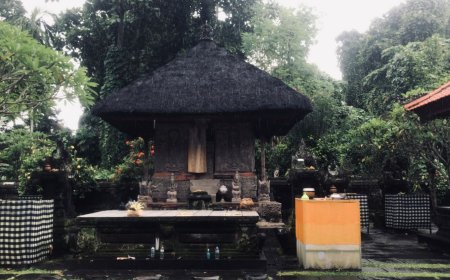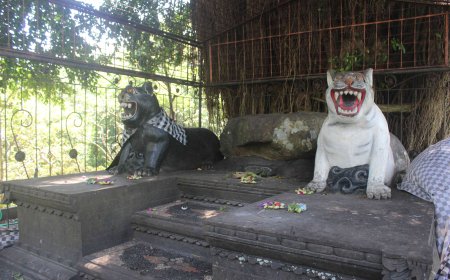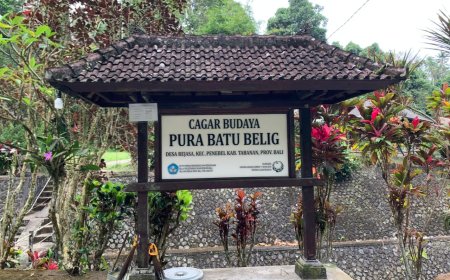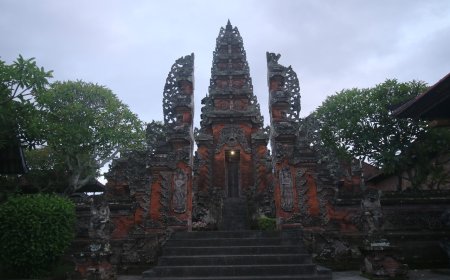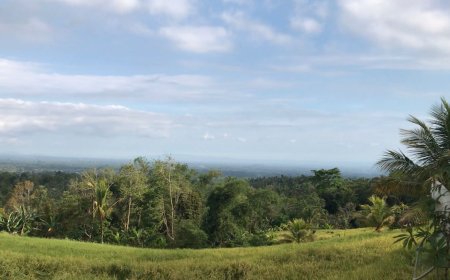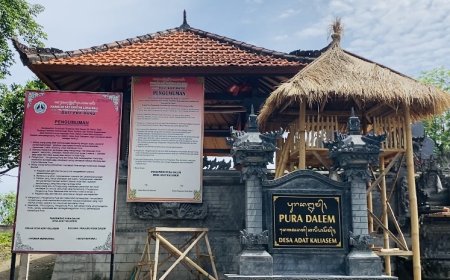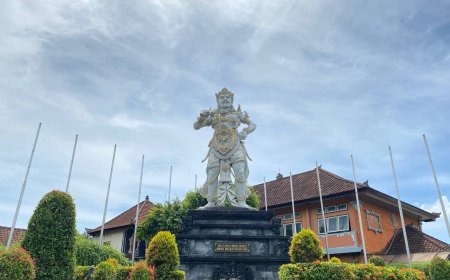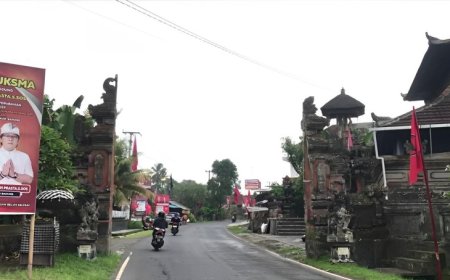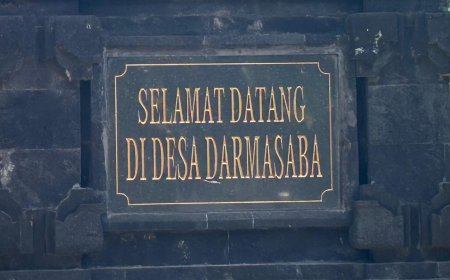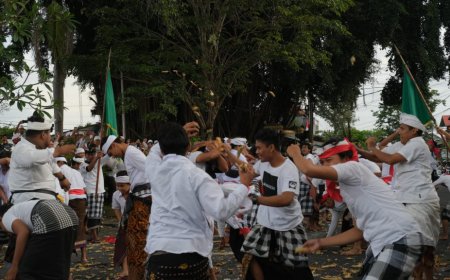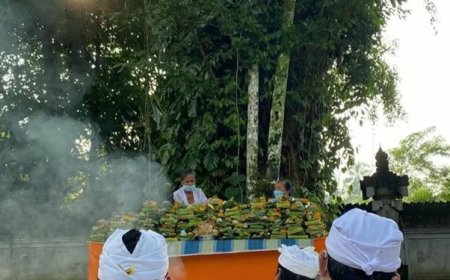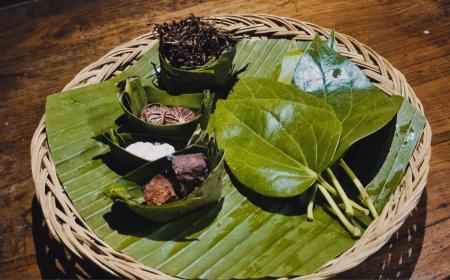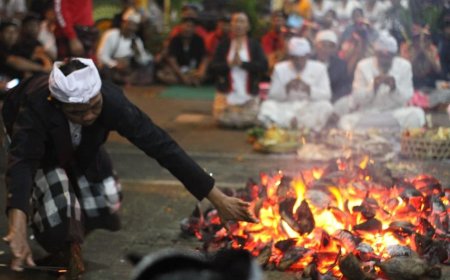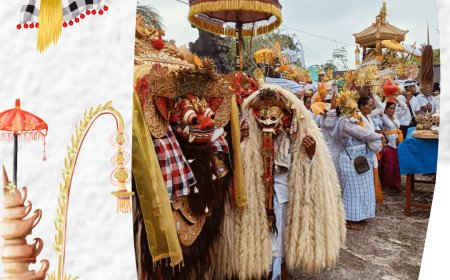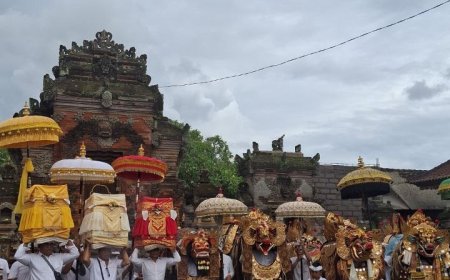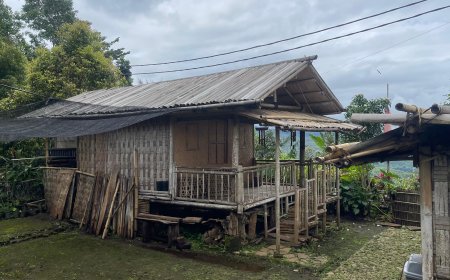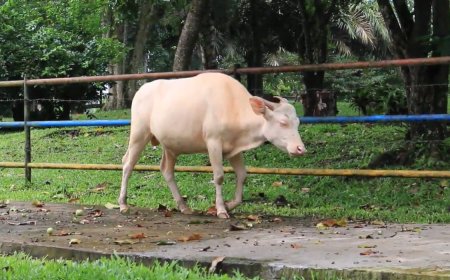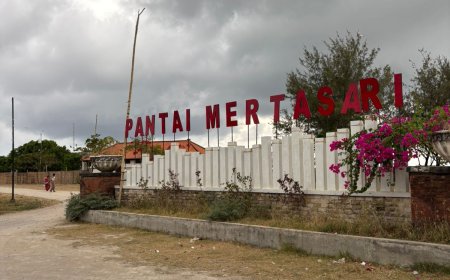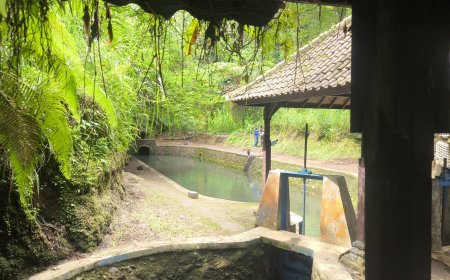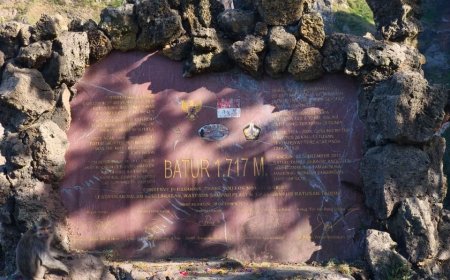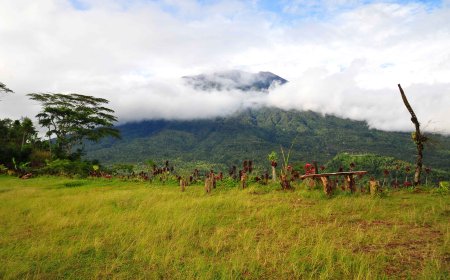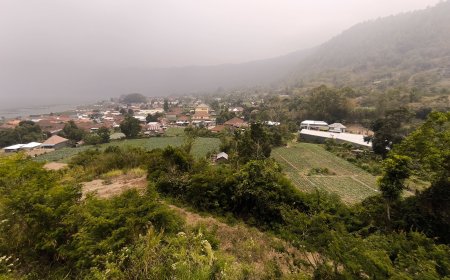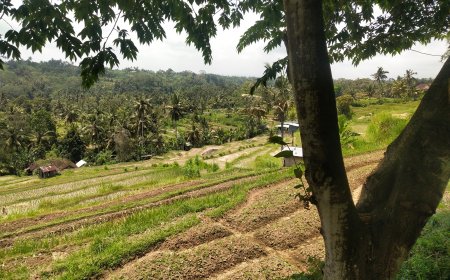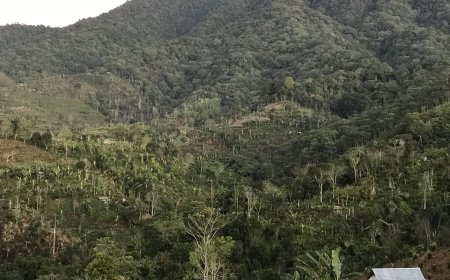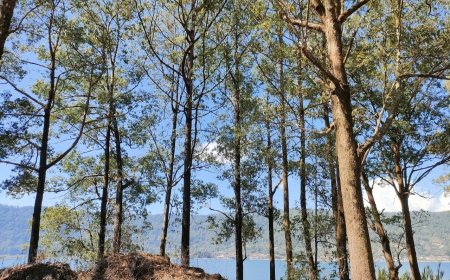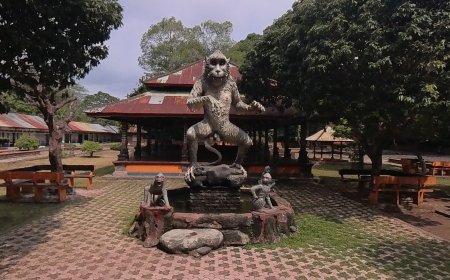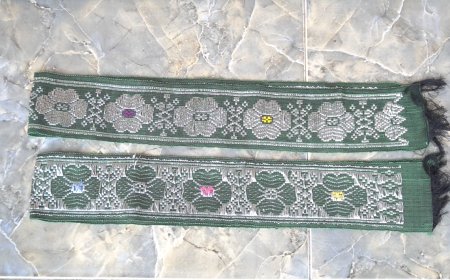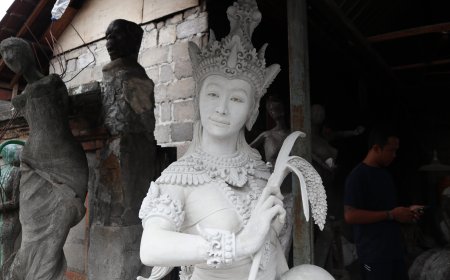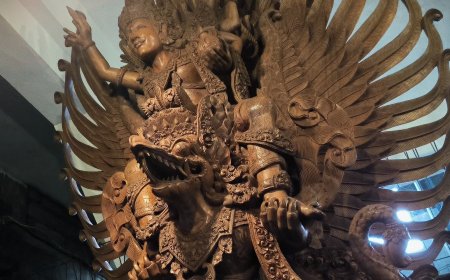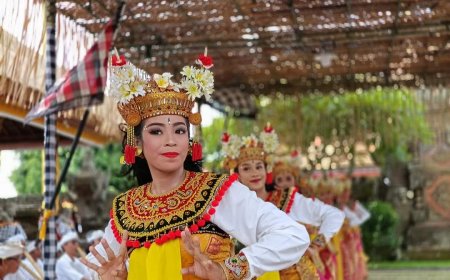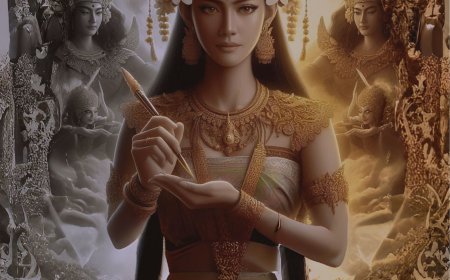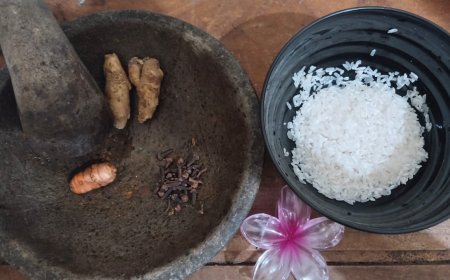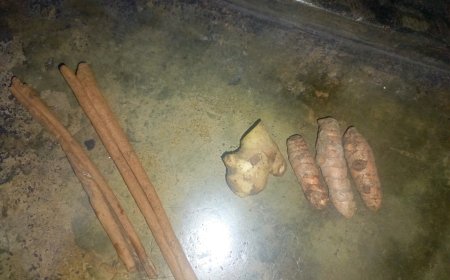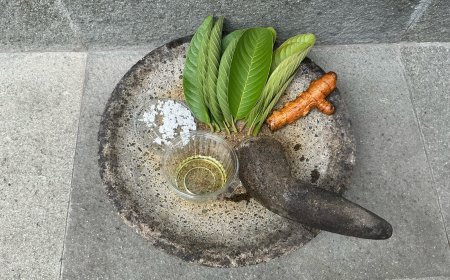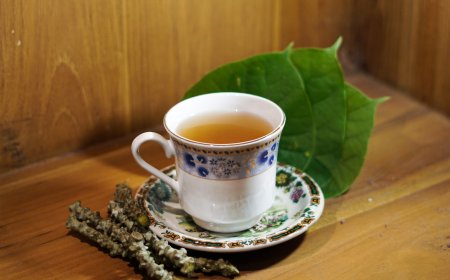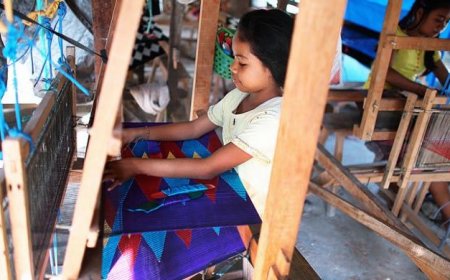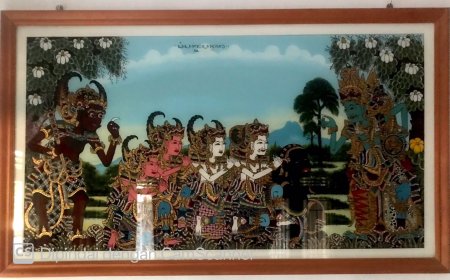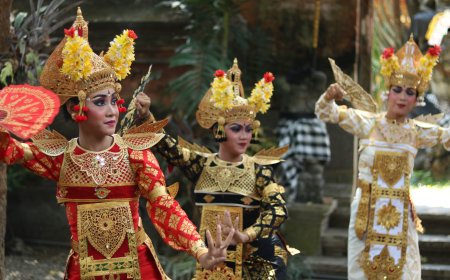Gambuh Batuan: The Ancient Voice of Bali’s Mother of Arts That Still Breathes
Gambuh Batuan is a cultural heritage that has endured for more than a thousand years, born from the encounter between Java and Bali, and later blossomed into the source of Balinese performing arts. To this day, Gambuh still pulses in Batuan Village, Gianyar, living through rituals, preserved by future generations, and present as both artistic knowledge and spirituality.
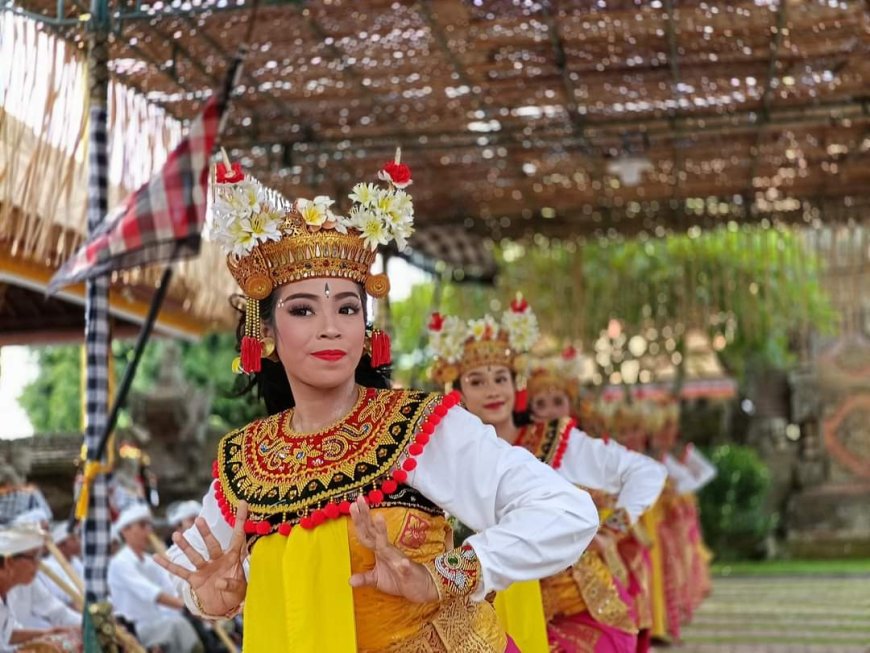
Gambuh is a classical Balinese dance-drama, considered the oldest among Balinese performing arts. Its stories are rooted in the Panji tales from East Java, later interwoven with the spiritual essence of Balinese Hindu society. Every performance of Gambuh unfolds with a rich dramatic structure: the character Condong opens the story, dialogues are spoken in Kawi and refined Balinese language, and the pegambuhan gamelan ensemble resounds with its deep-toned long flutes, echoing as if carrying us back to the past. In Batuan Village, Gambuh is not merely a spectacle, but a part of rituals, offerings, and a sacred bridge between humans and their ancestors.
Gambuh Batuan Gamelan Ensemble (Source: Personal Collection)
The survival of Gambuh in Batuan is safeguarded by the village community, senior maestros, and sekaa (art groups). Groups such as Maya Sari, Tri Wangsa, Kakul Mas, and Satriya Lelana stand at the forefront of preservation. Veteran artists who have dedicated their lives to Gambuh pass their knowledge down to younger generations. For them, Gambuh is not just a performance, but an expression of devotion and a legacy of taksu—the spiritual essence of Balinese art that must be maintained.
A Scene from the Gambuh Batuan Dance-Drama (Source: Personal Collection)
Gambuh is usually staged during important temple ceremonies, such as the odalan at the village and main temples every six months, as well as during Saraswati Day. There are also regular performances at the ulun banjar temple in Pekandelan every Buda Cemeng Merakih. Due to its sacred nature, Gambuh is not performed daily, but only during special moments. Today, Gambuh is also presented at cultural festivals and has reached the international stage, serving as Bali’s cultural ambassador in various countries.
The Dignity of a Male Dancer and the Grace of a Female Dancer in Gambuh Batuan (Source: Personal Collection)
Batuan Village, Gianyar, is the heart of Gambuh preservation. This village has long been known as a center of the arts, home to painters, sculptors, and gamelan musicians. The existence of bale pagambuhan (special pavilions for Gambuh) in several temples emphasizes its importance in ritual life. From this village, Gambuh has grown and spread its influence to Japan, France, Switzerland, and Germany, showcasing the classical face of Bali to the world.
The continuity of Gambuh cannot be separated from the spirit of ngayah—sincere service offered by the community in every ceremony. Regeneration takes place through art studios, where children and youth learn to dance, play gamelan, and master Kawi dialogues. They are also taught Dharma Pagambuhan, spiritual guidelines that ensure performances carry taksu. Despite the challenges posed by modernity, Gambuh continues to endure, recognized as a vital cultural identity, not merely a relic of the past.
